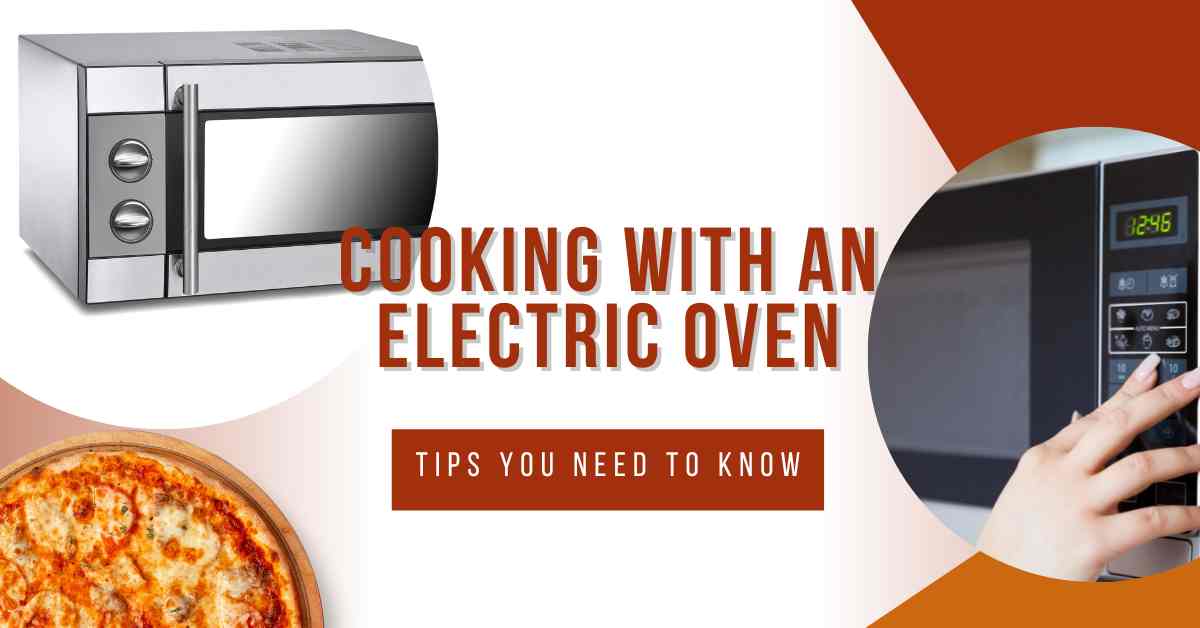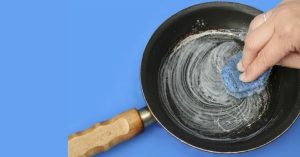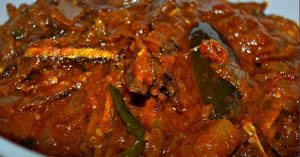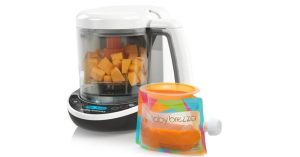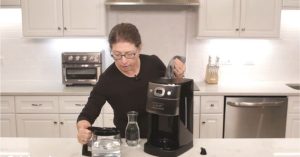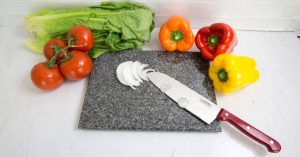Cooking with an electric oven has become a best cooking practice, and these appliances offer instant cooking results that make the electric oven an essential tool in kitchens worldwide. Whether you are a chef or a novel cook, it is a necessary guide for you, but it is a crucial tip for a new chef for an electric oven, how to use and cook with an electric oven. If you keep your attention and read our blog on cooking with electric ovens, you will know the practical tips for it. Cooking with an electric oven
Table of Contents
Cooking with an electric oven
The electric oven is a versatile kitchen appliance for baking, roasting, or broiling. It provides consistent heat distribution for every cooking, and here is a general guide on how to work an electric oven.
Preheat the Oven:
Before use, preheat the oven, as it is essential for achieving accurate cooking times and even results. To do it, set the oven to the desired temperature and allow it to fully preheat before placing your food inside.
Choose the Right Cookware:
Select the appropriate dishware and use oven-safe pans, baking sheets, and words compatible with electric ovens. You should avoid using cookware with plastic handles or lids that can melt in high temperatures.
Adjust Oven Racks:
Position the oven racks before preheating, as the racks can become very hot—place racks at the top of the oven for even heat distribution for baking and roasting. Adjust the rack position based on the dish you’re preparing.
Cooking with an electric oven-Cooking Methods:

If you are new ge oven first time use you should know that different cookware requires various cooking processes, Here are some standard methods and tips for using an electric oven:
Baking: For baked goods like cakes, cookies, and bread, use the middle rack to ensure even heat distribution.
Roasting: When roasting meats, poultry, or vegetables, you can use a roasting pan or a baking sheet with raised edges to catch any dripping. You can use a roasting rack to elevate the food and allow air to circulate underneath for even browning.
Broiling: If you want to broil, it requires high temperatures with the heating element at the top of the oven. So you need to use the broiler setting for dishes that require browning on the surface, like melting cheese on casseroles or achieving a crispy top on gratins. Keep a close eye on the food, as broiling can quickly lead to overcooking or burning.
Monitoring Cooking Progress:
It is essential to monitor your food progress to avoid overcooking. You can use the oven light or window to check without opening the door frequently, as opening the door can cause temperature fluctuations.
Cooking Times and Temperatures:
Follow recipes closely for recommended cooking times and temperatures, and remember that different ovens may have slight temperature variations, so it is a good practice to use an oven thermometer to ensure accuracy.
Oven Safety:
Use potholders or oven mitts while handling hot cookware, keep flammable materials away, and ensure the oven is turned off after use.
Cleaning:
Regularly clean your electric oven to prevent the buildup of grease and food debris, and you need to follow the manufacturer’s instructions for cleaning processes and products that are safe to use.
When you cook, the practice makes the cooking experience more comfortable, and you do not be afraid to experiment and try new recipes while adhering to basic cooking principles.
Cleaning and maintaining your electric oven
Proper cleaning and maintenance of your electric oven are crucial for its longevity, performance, and the quality of the food you cook. Here is a step-by-step guide on how to effectively clean and maintain your electric oven:
Safety Precautions:
Before you start cleaning work, you should ensure it is turned off and completely relaxed and disconnect the power by unplugging the oven or switching off the circuit breaker to avoid accidents.
Gather Supplies:
You will need the following supplies for cleaning your oven:
- Baking soda
- Vinegar
- Dish soap
- Water
- Soft cloths or sponges
- Plastic or silicone spatula
- Oven-safe bowl or container
- Oven mitts or gloves
Remove Oven Racks
To clean separately, remove the oven racks and any other removable parts, like oven thermometers or pizza stones. Soak it with warm and soapy water to loosen any grime.
Wipe Away Loose Debris:
You should use a soft brush and dry cloth to remove loose crumbs and debris from the oven’s interior. Be gentle to avoid scratching the surfaces.
Create a Cleaning Paste:
Make a mixture of baking soda and water. The consistency should be spreadable but not too runny.
Apply the Paste:
You need to spread the baking soda paste again and again on the interior surfaces of the oven, avoiding the heating elements. Focus on areas with stubborn grease and stains. Let the paste sit for several hours or overnight, which will help break down the grime.
Wipe Down the Interior:
To wipe down, you can use a damp cloth or sponge to gently scrub the interior surfaces to remove the baking soda paste and loosened dirt. For tough spots, use a plastic or silicone spatula to help scrape off the residue. Rinse the cloth or sponge frequently.
Clean Oven Racks:
Scrub the oven racks using a sponge or brush to remove any remaining residue. Rinse them properly and dry them before placing them back in the oven.
Clean Oven Window:
If your oven has a window, clean it with a glass cleaner or a mixture of equal parts water and vinegar. Wipe it clean with a lint-free cloth to remove any streaks.
Address Stuck-on Stains:
For stubborn stains or burned-on residue, you can use a vinegar-water solution. You must spray the affected area with vinegar and water, allow it to sit for a few minutes, and then wipe it clean.
Final Rinse:
You must dampen a clean cloth with water and wipe down the oven’s interior to remove any remaining cleaning solution.
Oven Exterior:
Remember to wipe down the oven’s exterior with a damp cloth. Pay attention to control panels, knobs, and handles.
Reassemble:
Once the oven is clean and dry, reassemble the racks and any other removable parts.
Regular Maintenance
- Place a drip tray or aluminum foil under dishes that may spill or create drips, making cleanup easier.
- Clean spills and food debris as soon as possible to prevent them from baking on the oven surfaces.
- Check the oven seal (door gasket) for any signs of damage or wear. A tight seal is essential for proper oven performance.
Following these steps and guidelines, you can keep your electric oven clean, functional, and ready to produce delicious meals for years.
Conclusion
In conclusion, cooking with an electric oven is versatile, and it is popular day by day worldwide whether baking delicate pastries, roasting succulent meats, or broiling a crispy topping, an electric oven provides the control and precision needed for excellent results.
Recent Posts You May Like:
- How to Cook Khichuri Easy Way at Home
- What is the Best Wood for an End Grain Cutting Board?
- How Long to Cook Frozen Fish Fillets In an Air Fryer Perfectly
- How to Clean Non Stick Pans with Burnt on?
- How to Cook Dry Fish Curry at Home
- How to Use Baby Brezza Food Maker
- How to Cleaning Cuisinart Coffee Grinder?
- Instant Pot Air Fryer Lid Recipes Chicken Wings
- Granite Cutting Board Pros and Cons and Buying Guideline
- Dutch Oven Recipes for Chicken – Yummy Food
- How to Cook Vegetable Curry an Easy Recipe
- What Type of Cookware Should be Used on a Glass Cooktop?
